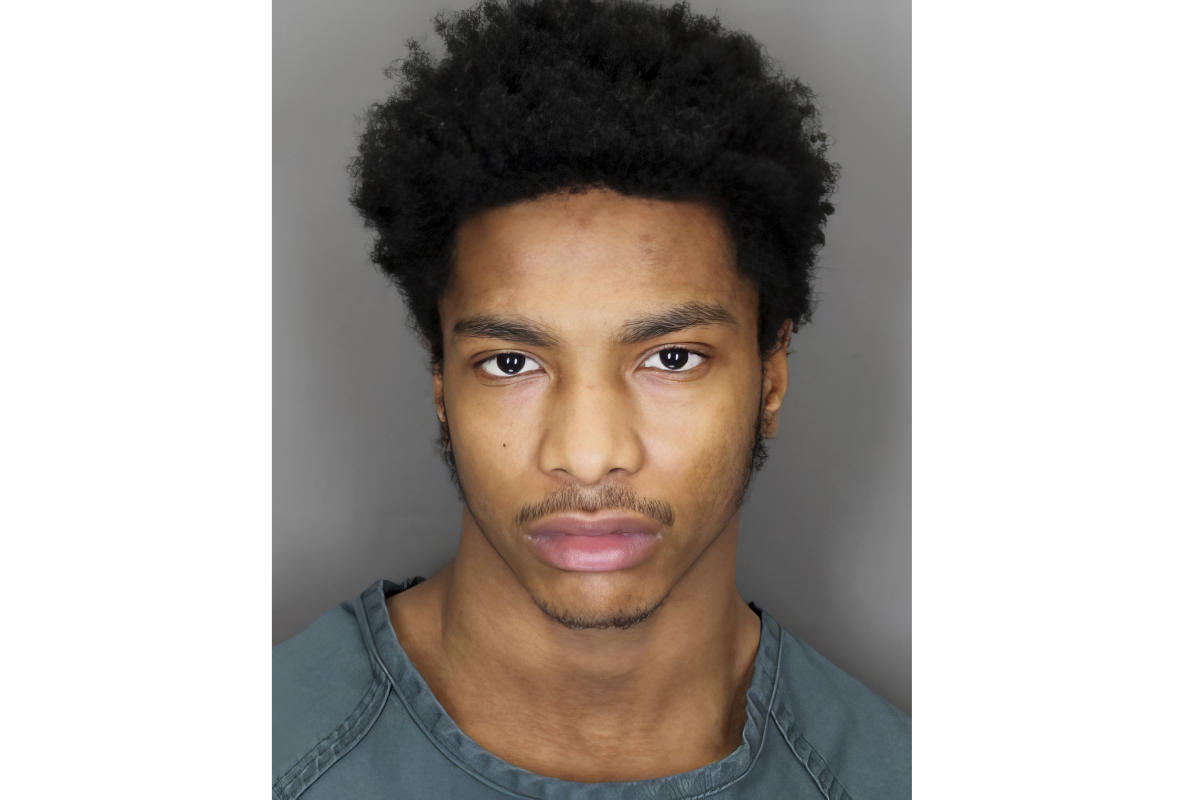Aug. 26—A $4 million initiative to boost mobile outreach projects for homeless New Mexicans, including the Interfaith Community Shelter at Pete’s Place in Santa Fe, now has a physical presence in 13 communities across the state.
The effort provided state funding to local organizations, primarily outside Albuquerque, to set up programs that go out to people living on the streets and offer them services. At Pete’s Place, the effort was “Showers to Go,” a mobile hygiene unit that launched in March.
“It’s kind of a reflection that … homelessness is not limited to our largest cities, and it’s actually a problem that’s everywhere,” New Mexico Health Secretary Patrick Allen told state lawmakers Monday morning during a hearing of the Legislative Health and Human Services Committee. “If we can address it everywhere, we can actually help prevent it from being concentrated in more urban or poor parts of the state.”
The state program offered organizations money to pay for things like vehicles, staff time, supplies and incentives for participants, and allowed them to create partnerships to get mobile initiatives off the ground, said Josh Swatek, policy manager for the state Department of Health.
Mobile programs are now active in locations from Farmington to Deming and Gallup to Roswell. Focus areas in Northern New Mexico include Santa Fe, Española, Los Alamos and Santo Domingo Pueblo.
While Albuquerque’s high-profile fight against homelessness may get the most attention, Allen says the problems are clearly not isolated there.
The county with the highest rate of homelessness-related emergency medical calls last year wasn’t Bernalillo County, according to state data; it was Grant County, where Silver City is located, by a wide margin — 75.54 calls per 10,000 residents, compared to Bernalillo County’s 43.54. Santa Fe County came in second, with a rate of 50.51 calls per 10,000 residents.
According to Allen, those statistics aren’t watertight, but they do tell a story.
“We really have a situation that is affecting all parts of our state,” he said.
The mobile programs are designed to meet homeless people where they are and build relationships between local organizations. For example, the San Juan County Partnership provides housing case management, shelter, and medical referrals or information, and relies on a partnership with the federal Indian Health Services.
Santa Fe’s “Showers to Go” now runs twice a week: on Mondays at Health Care for the Homeless at La Familia Medical Center on Cerrillos Road and on Thursdays at the Salvation Army on Alameda Street, said director Korina Lopez.
Lopez told The New Mexican that the mobile shower unit reaches some people who need services but don’t come to Pete’s Place. She said she hopes Pete’s Place can expand the shower program.
“I’ll be honest, I’m hoping we can find a location on the south side,” Lopez said.
Allen said funding for the mobile outreach programs has not yet been determined.
He said there are clear differences between the issues facing homeless New Mexican residents in Albuquerque and those in other parts of the state.
For example, during last year’s annual “point in time” count — an effort to measure the level of homelessness across the country in a single, coordinated evening in January — outreach workers asked people surveyed why they were on the streets instead of using the shelter system. Albuquerque residents often said they had had negative experiences with shelters, or found them unsafe or unsanitary. In other communities, people said they couldn’t find shelter.
Several lawmakers voiced support for the program, while several noted a disconnect between the Department of Health’s approach and the governor’s efforts during a special session this summer to garner support for a series of controversial public safety bills, including changes to the state’s legal capacity and civil detention laws.
“I spent most of the summer in the Courts, Corrections and Justice Committee, where it felt like we were criminalizing homeless people,” said Rep. Micaela Lara Cadena, D-Mesilla.
Allen defended both approaches.
“I think we’re all struggling with a really difficult problem, and we’re trying to simultaneously hold on to the idea that not all homeless people, or even the vast majority of them, are dangerous, but that some are,” Allen said.
He added: “At the same time, there are many people who just need help.”





